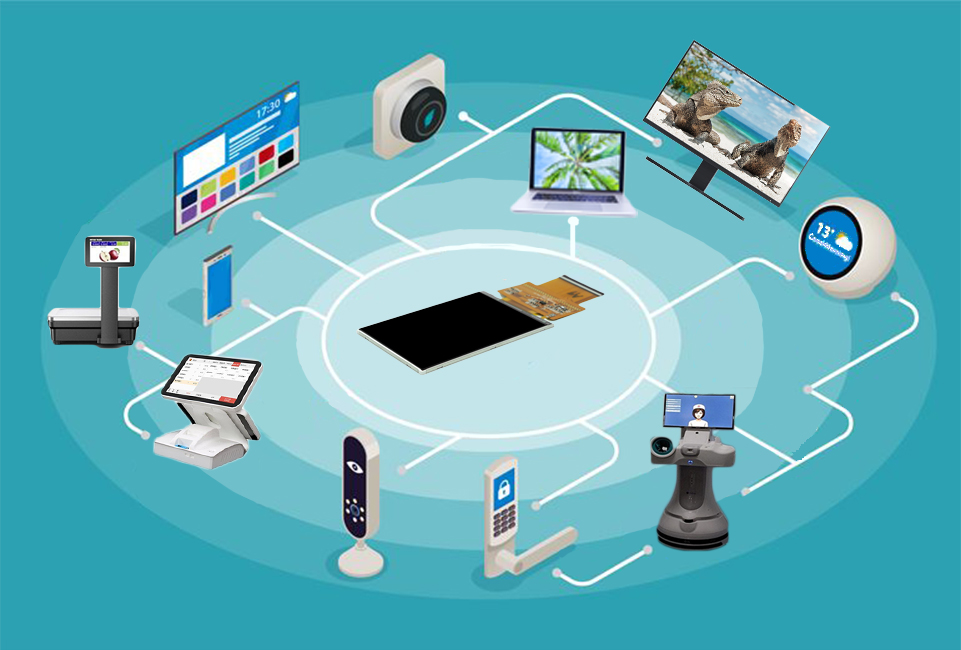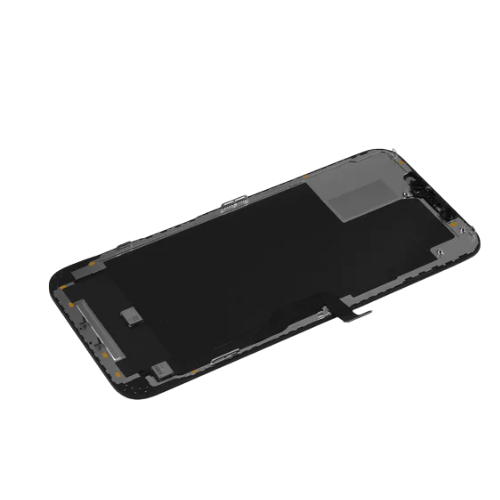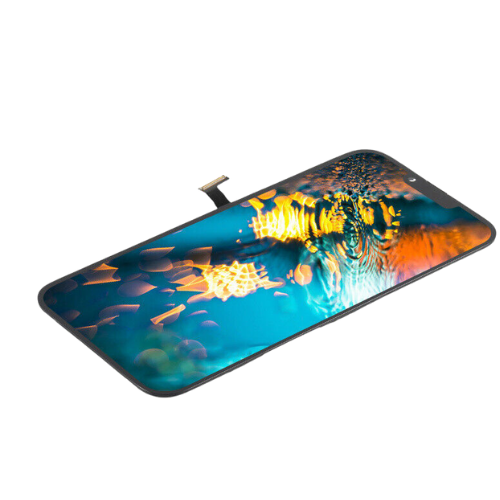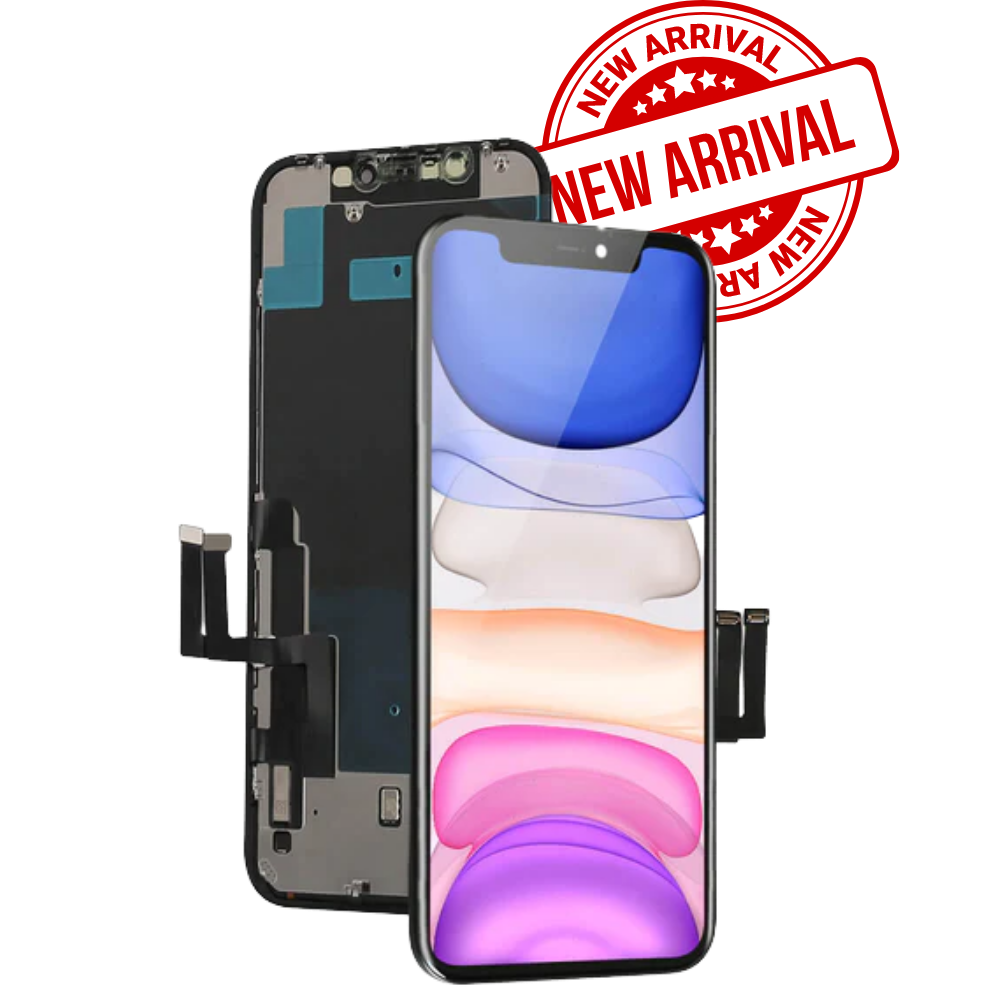Indledning
En TFT LCD (Tyndfilm transistor flydende krystal display) Skærm er en bredt anvendt display-teknologi, der findes i mobiltelefoner og forskellige elektroniske enheder. Det er en forbedret version af LCD'en (Liquid Crystal Display) teknologi, Inkorporering af tyndfilmtransistorer til at kontrollere hver pixel på skærmen.
Struktur og komponenter på TFT LCD -skærm
En TFT LCD -skærm består af flere lag, der arbejder sammen for at fremstille det ønskede display:
- Baggrundsbelysning: Dette lag giver den nødvendige belysning på skærmen.
- Farvefilter: Farvefilterlaget hjælper med at generere nøjagtige og livlige farver på displayet.
- Flydende krystallag: Omfattende flydende krystalmolekyler, Dette lag kan ændre deres justering, når en elektrisk strøm påføres, der tillader eller blokerer for lysets passage.
- Tyndfilmtransistorlag: Fungerer som en switch for hver pixel, Den tyndfilmtransistorlag styrer mængden af lys, der passerer gennem det flydende krystallag.
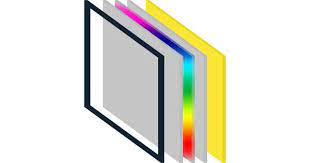
Funktion af TFT LCD -skærm
Hvert lag i en TFT LCD -skærm har en bestemt rolle:
Baggrundsbelysning giver displayet den nødvendige lysstyrke, sikrer synlighed.
Farvefilterlag filtrerer lys til at producere forskellige farver og nuancer.
Når en elektrisk strøm påføres, Det flydende krystallag manipulerer passagen af lys, Aktivering af visningen af billeder og tekst.
Den tyndfilmtransistorlag styrer hver pixel individuelt, Tilladelse af den nøjagtige regulering af lysoverførsel og skabelse af den ønskede visuelle output.
Fordele ved TFT LCD -skærme
TFT LCD -skærme tilbyder adskillige fordele, der gør dem til et populært valg til elektroniske enheder:
- Høj billedkvalitet: TFT LCD -skærme producerer livlige farver og skarpe billeder, Forbedring af den visuelle oplevelse.
- Brede synsvinkler: Displayet forbliver klart og synligt, selv fra forskellige perspektiver.
- Hurtige responstider: TFT LCD -skærme har reduceret bevægelsessløring, Gør dem velegnet til glat videoafspilning og hurtigt tempo indhold.
- Velegnet til forskellige applikationer: TFT LCD -teknologi er vidt brugt i smartphones, tabletter, Fjernsyn, og computermonitorer.
- Omkostningseffektivitet: TFT LCD -skærme er økonomiske sammenlignet med andre display -teknologier.
- Energieffektivitet: Disse skærme forbruger mindre strøm, resulterer i udvidet batterilevetid til mobile enheder.
- Kompatibilitet med forskellige skærmstørrelser: TFT LCD -teknologi er skalerbar og kan tilpasses til forskellige skærmstørrelser, Tilladelse af dets anvendelse i forskellige elektroniske enheder.
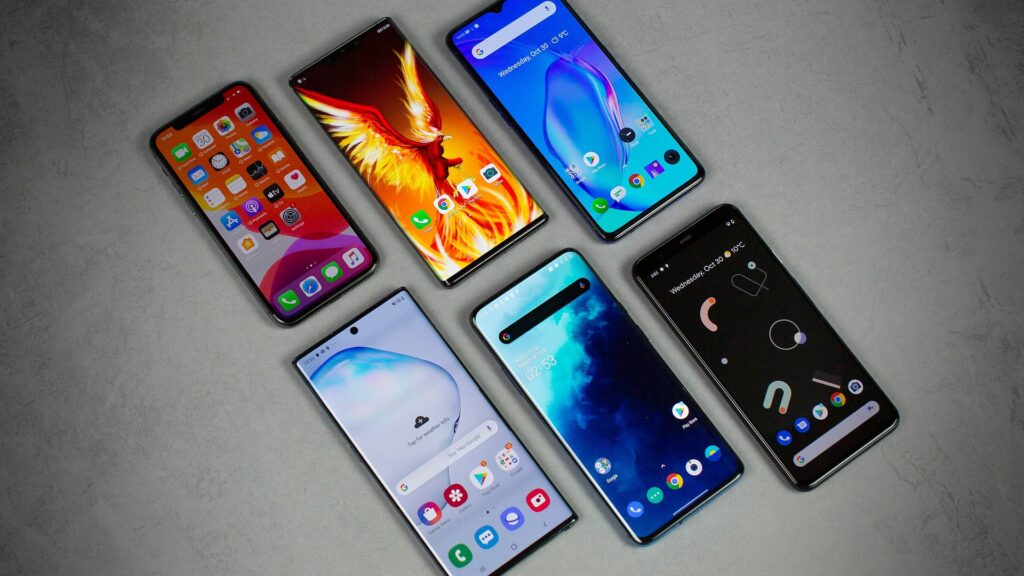
Konklusion
Sammenfattende, TFT LCD-skærme bruger tyndfilmtransistorer til at kontrollere individuelle pixels og levere billeder af høj kvalitet i elektroniske enheder som mobiltelefoner. Deres udbredte vedtagelse kan tilskrives deres omkostningseffektivitet, Energieffektivitet, Kompatibilitet med forskellige skærmstørrelser, og evnen til at give fremragende billedkvalitet og hurtige responstider. TFT LCD -skærme er fortsat et populært valg til moderne skærme, Berikning af brugeroplevelsen på tværs af forskellige elektroniske enheder.

